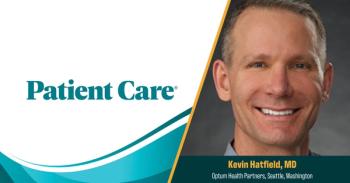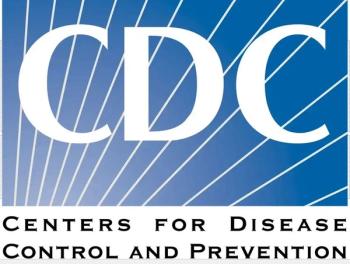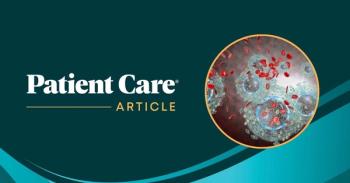
Protecting Kids From H1N1: 2 Shots Still Better Than 1, Says CDC
A single dose of 2009 influenza A (H1N1) vaccine induced protective antibody titers in more than 90% of children in an Australian study.
A single dose of 2009 influenza A (H1N1) vaccine induced protective antibody titers in more than 90% of children in
•The hemagglutinin antigen content received by participants aged 6 months to 3 years was 15 mcg, the equivalent of 2 doses of the 7.5-mcg vaccine currently licensed in the United States for this age group.
•A higher proportion of children than expected (up to 14% of children younger than 3 years and up to 33% of children aged 3 to 9 years) had baseline prevaccination titers of 1:40 or greater, which suggested previous subclinical H1N1 virus infection.
•Lower immunogenicity is expected in children with chronic disorders, who are at high risk of severe complications from influenza.
Thus, the CDC stands by its recommendation for 2 doses of the vaccine to ensure that all children attain protective antibody titers. At a
“Based on the results of other studies, we strongly believe that 2 doses of H1N1 vaccine are needed for children under age 10,” she said. “It’s very important for parents to make sure that their children get their second dose.”
Newsletter
Enhance your clinical practice with the Patient Care newsletter, offering the latest evidence-based guidelines, diagnostic insights, and treatment strategies for primary care physicians.















































































































































































































































































